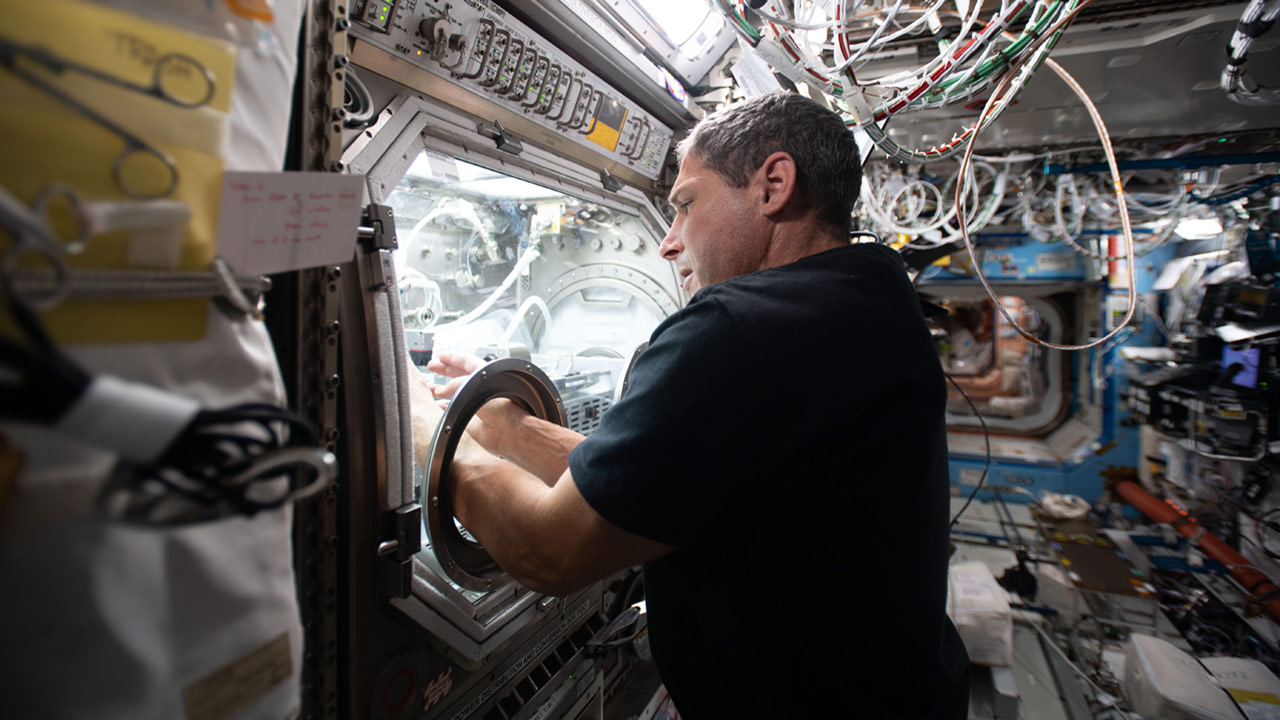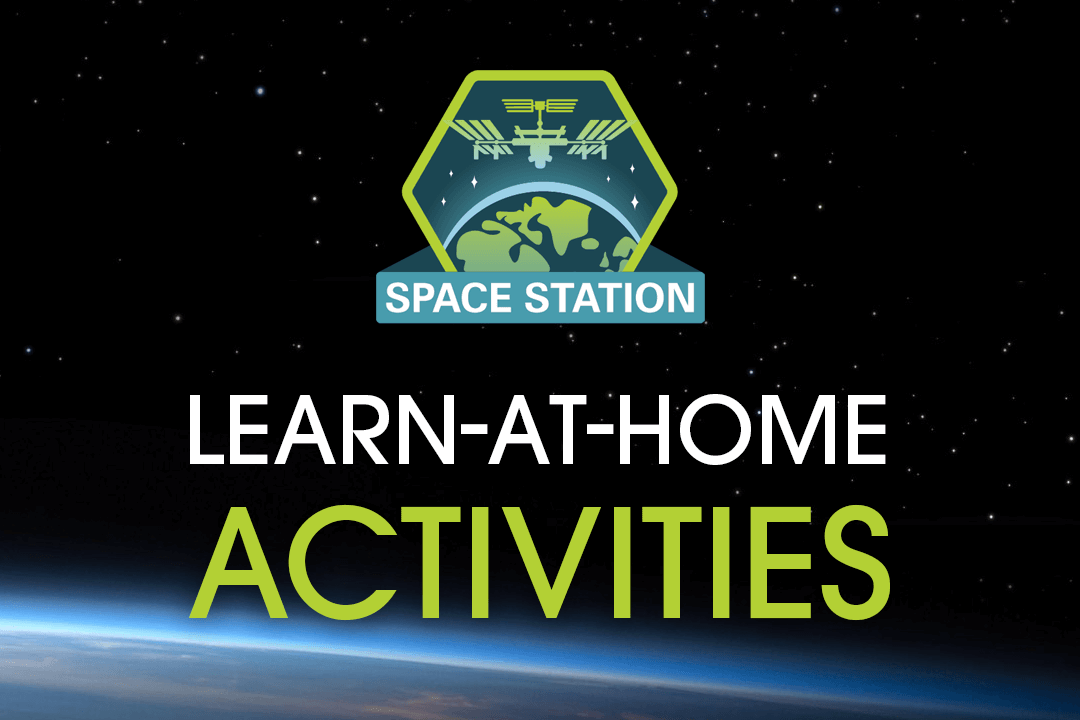The Germs in Space DreamKit, produced by DreamUp, aims to bring space science to homes and classrooms through hands-on experiments. Using these science, technology, engineering, and mathematics (STEM) experiment kits, students are able to take samples from the surrounding environment and culture the microbes in Petri dishes. They then compare these samples to images from an identical experiment conducted on the International Space Station (ISS).
K-5 Gifted Education Resource Teacher Kathy Lamont, from Antietam Elementary in Prince William County, VA, shares her experience using the kits with her class:
In January 2020, my 3rd grade students and I started our Germs in Space DreamKit. I am a gifted education resource teacher in Northern Virginia, and my students who visit with me for 90 minutes each week are typically pretty curious. This kit didn’t disappoint! Using the included Germs in Space booklet, I created a PowerPoint on microbes and explained how we were going to be scientists. I prepped multiple Petri dishes, and we brainstormed places that were similar to the ISS as well as places we expected lots of microbes (bathrooms!) and places we wouldn’t expect microbes (cafeteria tables).
My students loved collecting the samples and couldn’t wait for class the next week. Because we did the collection outside of our class time, other students in the school were aware of our experiment and asked for updates. I walked the Petri dishes around to the classrooms each day so my students could watch the growth between our meeting days. Over the two weeks, my students enjoyed comparing their results to the ISS results, recognizing that the ISS would likely be a more sterile environment for crew safety as well as limited contact with others.
However, the swab that created the most interest was the one that seemed the most ordinary—a library book! The students asked to swab a commonly checked out library book. They picked this idea because they figured books couldn’t be washed and met many hands throughout the year. This ended up being the most active Petri dish we had! This amazed both the students and the teachers in the building! I was asked multiple times to share the Petri dish with classrooms and staff gatherings. This also helped my librarian explain why she constantly washed her hands after shelving books each day! This one dish even interested one of our students with disabilities, and our ESOL teacher asked me to prep Petri dishes for him so he could create his own swabs. Ultimately, my students learned that microbes could be anywhere, which sadly turned out to be a very useful lesson for 2020.
Teacher Holly Mentillo also shares her experience using the kits at Ocean Breeze Elementary School in Indian Harbour Beach, Florida.
I was fortunate to have two complete Germs in Space DreamKits. I teach K-6 gifted education and had 97 students at that time. I was able to gather more Petri dishes and stretch the agar to 48 dishes! This allowed us to brainstorm other areas, in addition to the ISS locations, that we would be interested in seeing if germs were present.
Each class did the areas that were part of the ISS experiment and then chose a number of other areas to swab and test. We brainstormed and voted until we finalized the list of other areas according to the number of Petri dishes for that class. Then, off the students went with the sterile swabs. After applying the “germed” swabs to the agar, they disposed of the swab and washed their hands. The Petri dishes were taped shut and inserted into a labeled bag that was also sealed shut. Then we waited—a whole entire week—before they could see that was happening with their class’ bags!
I highly recommend that you, yourself, do not look ahead to see what or how the germs grew on the space station, so you can have the same experience as the students. When I went to the website and we revealed the ISS germs, the students (and I) were amazed at the results! It made an impact on the students and provided a great discussion moment.
This activity has been talked about for months now. The kids would love to do it again, but the awe-inspiring moment has passed, and we will move on. It does make the students aware that there are foreign bodies everywhere! This was a valuable teaching tool, and an amazing opportunity for the students. I can’t wait to do another DreamKit! Being able to compare our results with those on the ISS is invaluable!
As these teachers’ experiences emphasize, the lessons learned from the Germs in Space DreamKit have become especially relevant during the COVID-19 pandemic, helping students understand more about the microscopic life that is all around them. The DreamKit includes access to an online portal with images and videos from space as well as bonus content and activities.
“When we began creating the Germs in Space DreamKit, we never anticipated just how relevant the lessons it taught would become,” said Lauren Milord, program director at DreamUp. “Regardless of whether teachers are in a traditional classroom setting or a Zoom room, we’re thrilled to support them by bringing space station science to their researchers, and we look forward to continuing to partner with the ISS National Lab to get more DreamKits in classrooms around the country.”
For more information about the Germs in Space DreamKit, please visit dreamup.org/shop-online.







